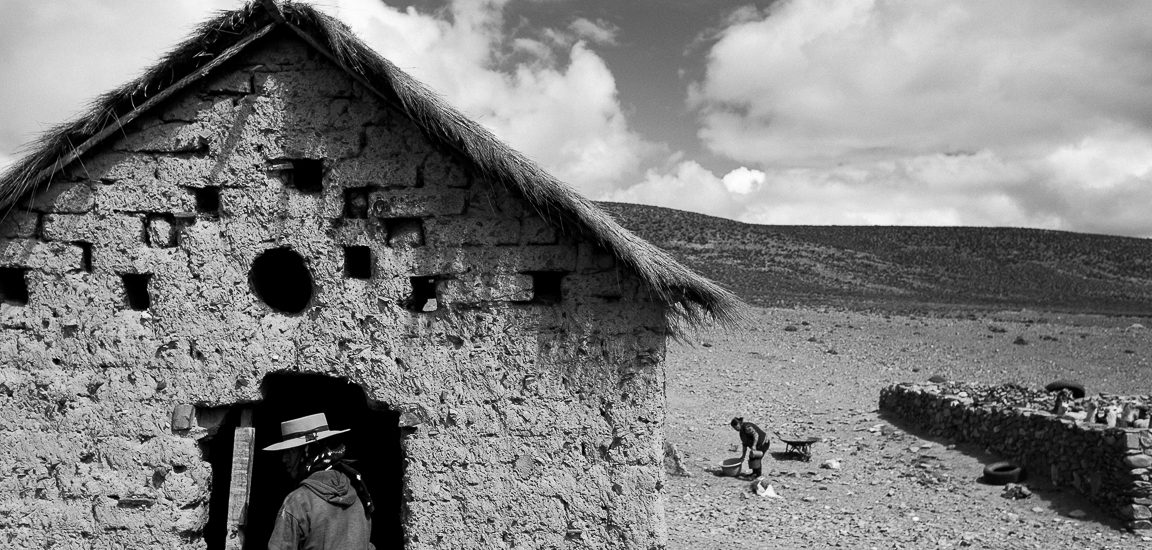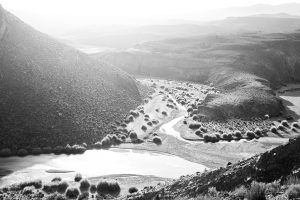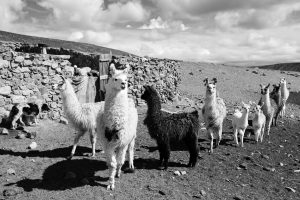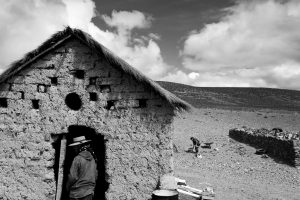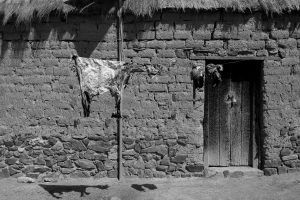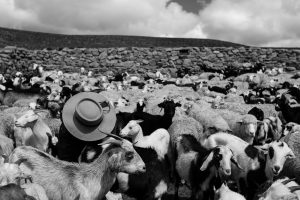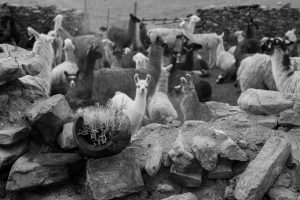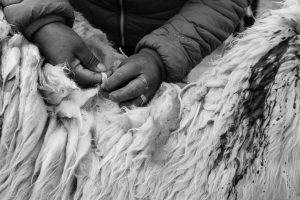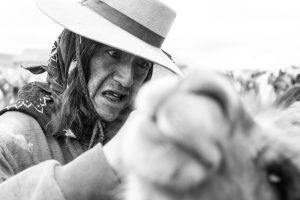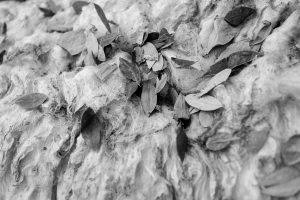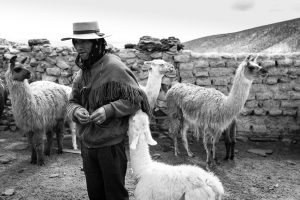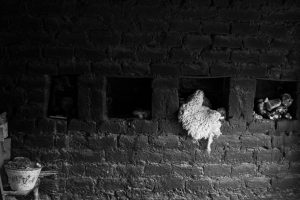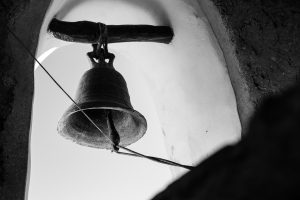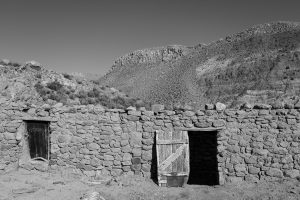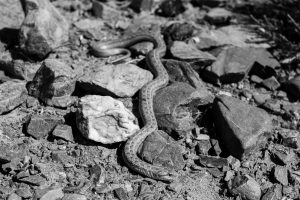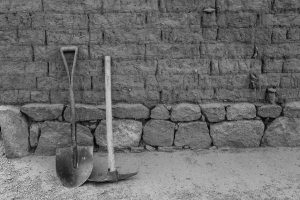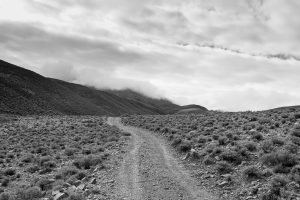Héctor Tizón once wrote: “The Puna is not just a hot and cold lunar desert, it is an experience: silence, loneliness, and helplessness are intensely experienced there.”
In the Puna you feel tiny. And sometimes, alone. It can take hours until you meet someone.
Between clouds and trails that are sometimes difficult to see, I arrived at Dante’s post, who was returning from the hills with his llama.
In the corral, the incense was ready. The family was gathered to celebrate the “Señalada”, the most important Andean livestock ritual in the Andes: they ask for protection, multiplicity for the livestock and thank Pachamama. Always appreciated.
Wrapped in his poncho, Dante pointed at the flames with chimpos and wool flowers. Afterwards, a little beer and coca leaves on the backs of the animals, which returned among their own, flowered and with some blood.
Dante came and went through the flames. There was something hypnotic about his meticulous pace around the corral. His gestures conveyed care and respect. A silent communion between man and his cattle.
Returning to the words of Tizón, here in the Puna, “human beings look at themselves as in a mirror, facing the reason for existing, their most basic destiny.”
In my first trips without a defined direction, Susques became a source of inspiration to illustrate with brushes what I perceived during my tired and curious walk appreciating Andean life. They were the first steps through our Capital Continent.
It is a small town in the Puna de Jujuy, in the northwest of Argentina. And it’s high. Very high: it is located at an altitude that exceeds 3,500 meters above sea level. Sometimes it seems like you are walking inside the clouds. And you can suffer from altitude sickness.
Meeting point. Passing point. Susques is close to the Jama border crossing, which connects Argentina with Chile. Several times I hitchhiked back and forth, always blessed by Pachamama who never made me wait too long.
Around 3,000 people live in “El Pórtico de los Andes”. The economy is based mainly on the production of quinoa and llama breeding, ancestral activities of the region.
The climate is hostile and is marked by the altitude and its location in the Puna. The temperatures are extreme, with very cold winters and mild summers with colossal storms. During winter, temperatures can drop considerably below freezing, and the daily temperature range is significant, with warm days followed by frigid nights. I believe it is cold. A lot.
Vast landscapes of snow-capped mountains, plateaus and salt flats embrace silence. The flora had to adapt to extreme conditions, with resistant plants such as ichu (a variety of tall grass) and cacti. The fauna also adapted: there are vicuñas, pumas and condors, among many others.
Twenty years later, with a curious and equally tiring pace and without brushes, Susques and Andean life continue to inspire me.
© Nicolás Preci
